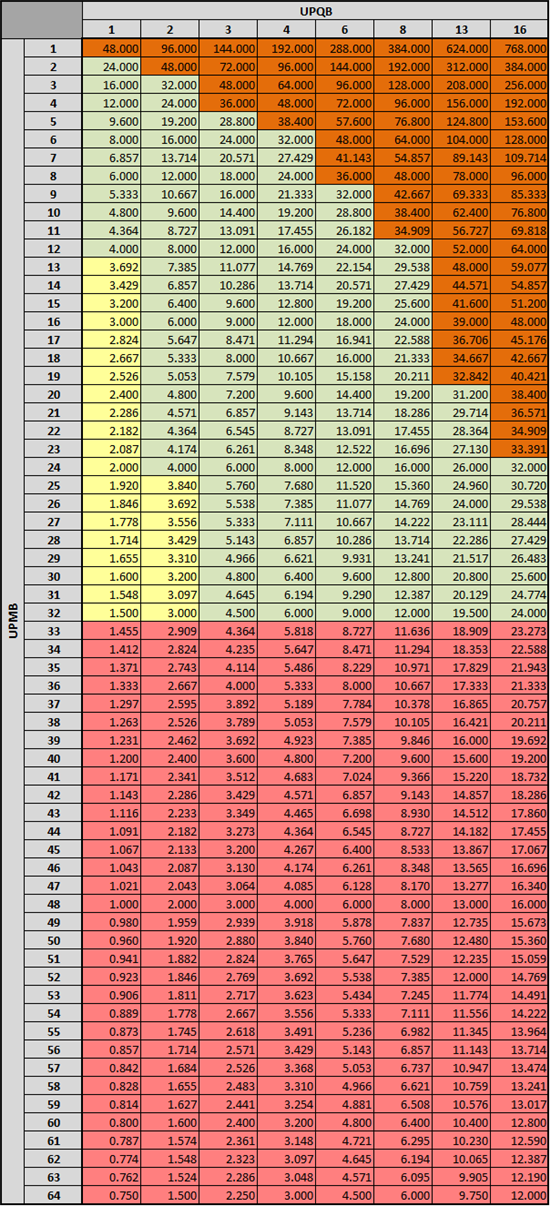Nice to meet you!
We are customizing the TI USB BSL for the MSP430F6659 MCU.
The frequency of external XT2 crystal for MSP430F6659 is 20MHz in our H/W design.
1) According to MSP430x5xx and MSP430x6xx Family User's Guide, (Literature Number: SLAU208N), page-1081,
Table 40-2. Register Settings to Generate 48MHz Using Common Clock Input Frequencies, it said:
>> CLK_SEL (MHz) :
>> ...., 12, 12.8, 14.4, 16, 16.9344, 16.94118, 18, 19.2, 24, 25.6, 26, 32
In the list of CLK_SEL (MHz) supported by MSP430F6659, it does not contain the 20MHz for our H/W design.
Could the USB module of MSP430F6659 support the external XT2 crystal with 20MHz frequency?
Thank you.


